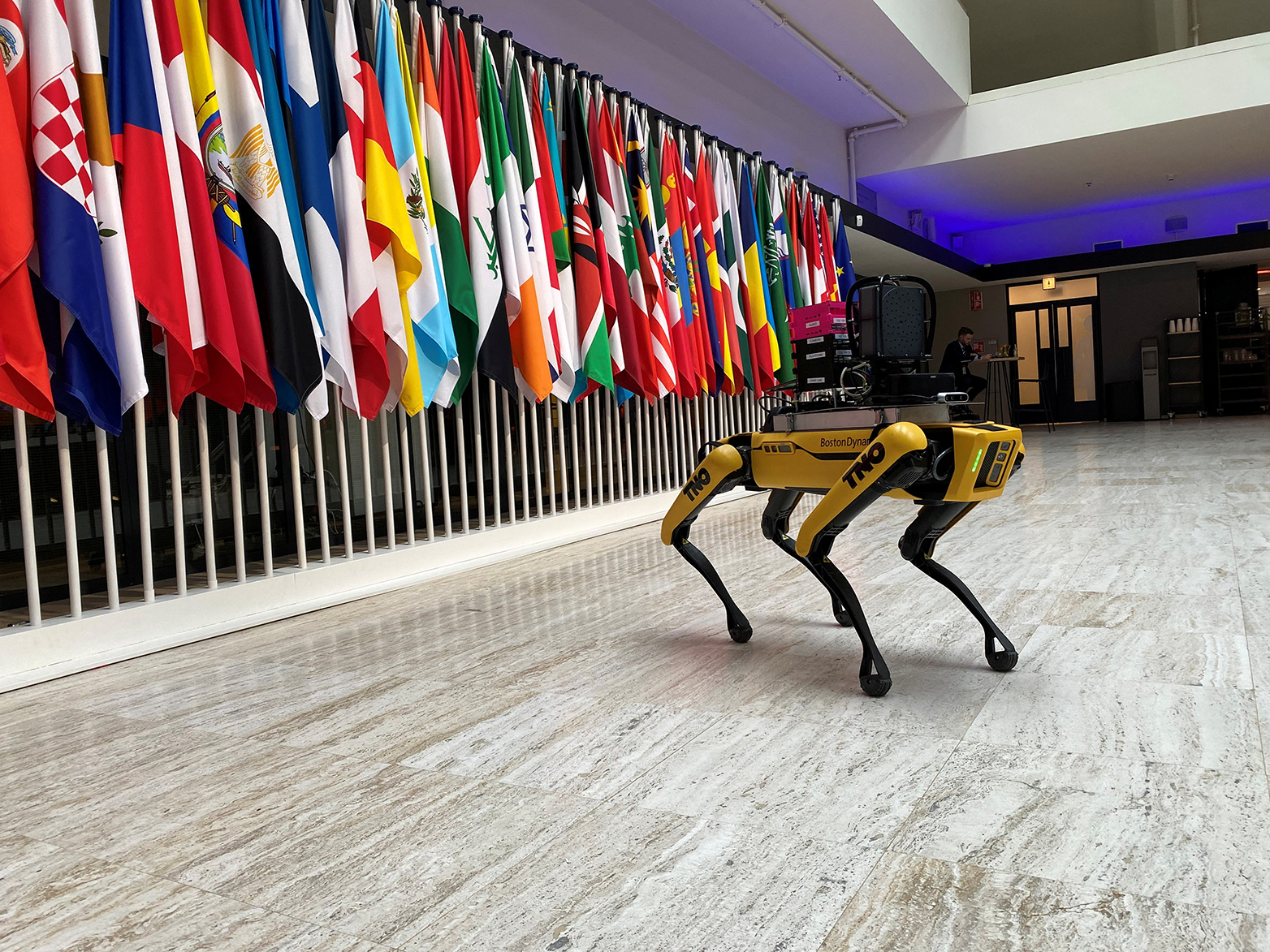Autonomous Weapons: Technology Defies Regulation
The war in Ukraine has raised expectations about the deployment of fully autonomous weapons on the battlefield. While autonomy in weapon systems is increasing thanks to advances in Artificial Intelligence, the parameters of meaningful human control remain unclear, argues Dominika Kunertova in this CSS Analysis.

The battlefield realities in Ukraine show that the nascent norm on limiting autonomy in weapon systems’ critical functions is fragile. The war may be accelerating the development and deployment of so-called “killer robots”. These weapons can operate autonomously without human intervention or control – including the ability to select and engage targets – enabled by Artificial Intelligence (AI). While the reports about the capabilities of autonomous weapons should be treated with caution, the decreasing level of human involvement unquestionably defines this new generation of autonomous weapon systems. The need for global regulation of weapon systems with AI-enabled autonomous features has never been greater.
